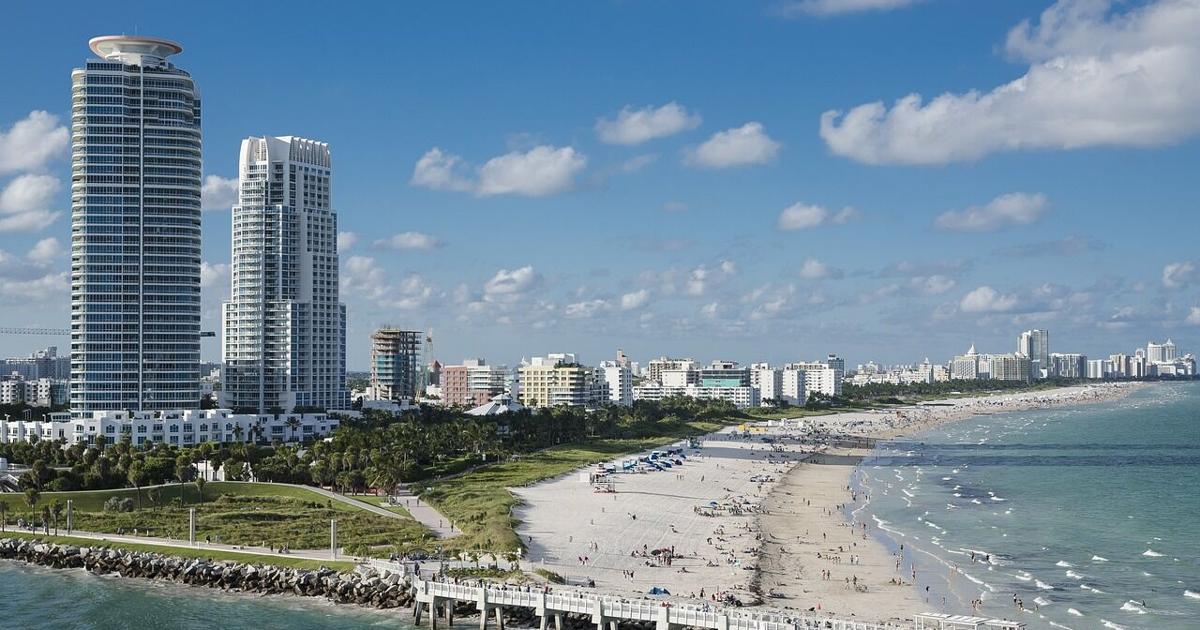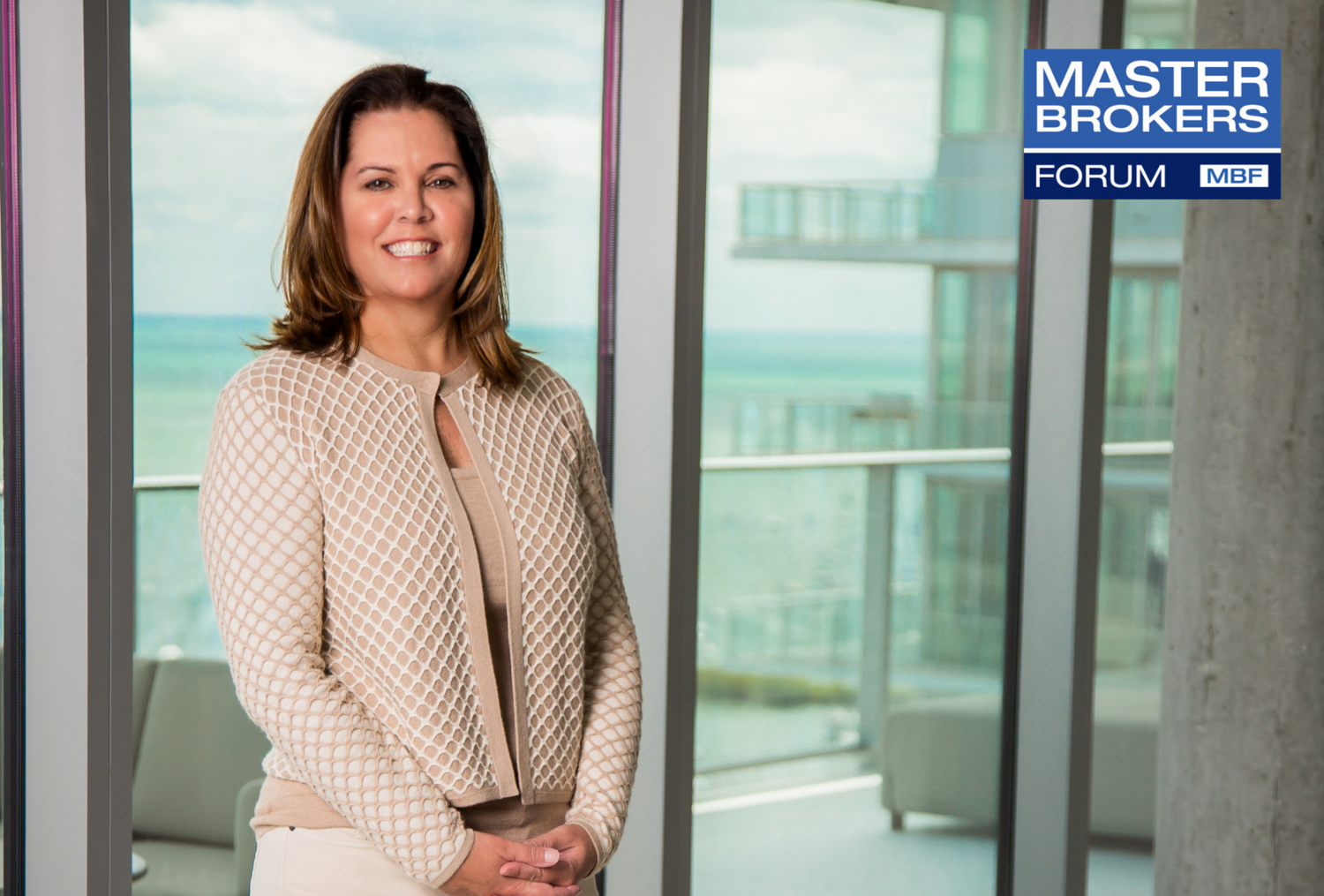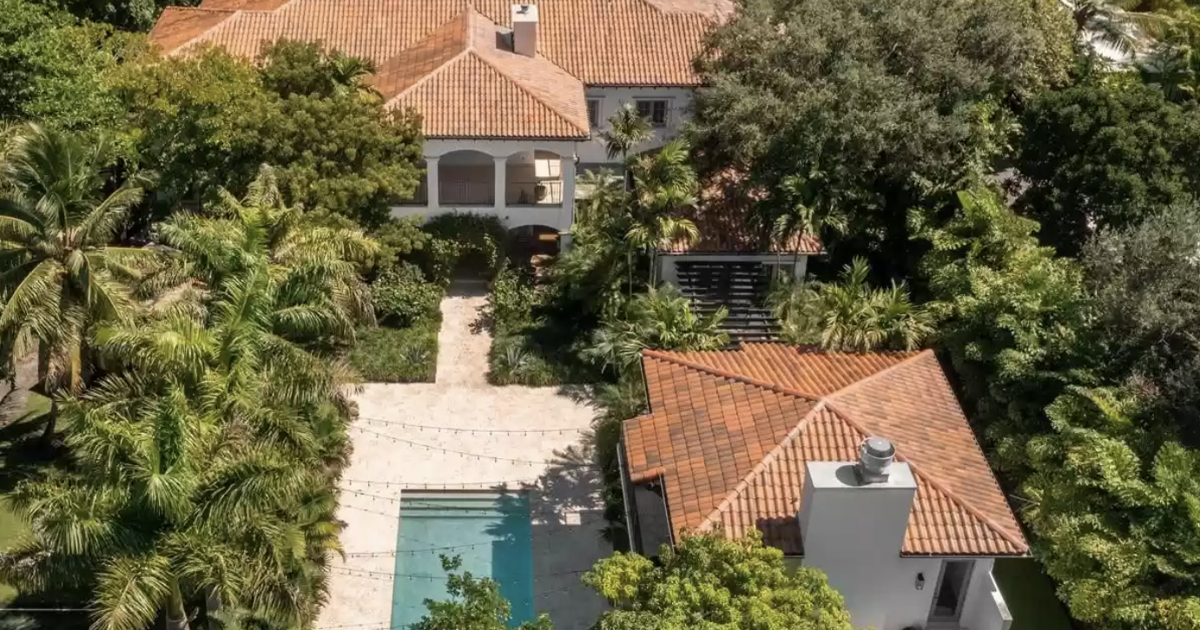Despite real estate market inventory ‘challenges,’ expert says there is no need for panic | Real Estate
Lower inventory, higher insurance rates, less borrowing capacity, and increased prices have all factored into fewer sales of homes and condos in many areas of South Florida this year. Still, there’s no reason to panic as the housing market corrects itself.
“There are a number of challenges for us,” said Ron Shuffield, President and CEO of Berkshire Hathaway HomeServices EWM Realty, who recently delivered the company’s 2023 Mid-Year Market Update to real estate pros and the media from his Coral Gables office.
Ron Shuffield.
“This is a business of supply and demand,” he added, noting that 6 to 9 months of supply is necessary to maintain a balance.
Key Biscayne was nearly at that point in June, when there were 5.6 months of inventory, or 36.6% higher than a year ago.
In June, there were 146 residential properties on the market in the Village (15% more than a year ago), and there were 26 sales (13.3% less than a month ago and 16.1% less than a year ago). The median price of the 26 sales came in at $1,908,000.
Over on Brickell, 771 residences populated the sales market, with 179 selling (98% higher than the previous month but 20.1% less than a year ago) at a median price of $640,000.
Overall in Miami-Dade County, 9,196 homes or condos were on the market in June, and 2,442 sold at a $515,000 median price. Sales reflected a 4.1% decrease from May and a 23% decrease from 12 months earlier. There were 3.8 months of inventory.
“Supply is the most important number in the industry,” Shuffield said, pointing out a couple of optimistic signs, such as the supply of available condos in Miami-Dade climbed from 2.6 months a year ago to 4.7 months today. In Broward, condo supply rose from 1.4 months a year ago to 2.9 months, a 105% increase.

A view of a condominium from the ground up.
“We’re not seeing five offers on every house; we still have some multiple offers, but nothing like we were experiencing during Covid,” Shuffield said
He said part of the reason is that “homes are not showing their best.”
“I say to sellers, we earn our full commission,” Shuffield said. “Before we ever show the first customer your home, it’s how to paint, how to clean, how to de-clutter … It’s just not the quality of inventory we saw before, and a lot of that has been gobbled up. Now, you’re seeing more kitchen and bath remodels, and (the sellers will) get that back and a whole lot more.”
The presentation also included encouraging words to real estate professionals from industry thought leader Matthew Ferrara. “Get Ready for Anything Without Being Ready for Everything” is his motto, and he will return on Sept. 20 for a 10 a.m. video discussion.
Ferrara opened up a map of Miami-Dade County and showed that 296 home sellers were “trying to do it on their own,” but that further research showed some 88% of them were considering working with a Realtor. “That’s where you come in,” he said.

Matthew Ferrara.
Shuffield said when analyzing the market and maybe trying to make predictions, “the only thing we can go on is what happened in the past,” although he noted that data is measured so carefully now.
He also showed a beautiful portrait of how Miami became the “place to be,” with all the immense structures.
“If you look at Brickell Key, that was a vacant island in 1979,” he said, explaining that the lure to Miami may have started with “fun and sun” but has since expanded to draw in the medical, financial, and technology sectors to live here full-time, just like the many of the condos on Key Biscayne now have permanent residents rather than just winter or summer vacationers.
What’s swaying buyers and sellers?
Among other factors that could be cutting into sales or inventory these days:
– Mortgage rates: Shuffield said, in comparison, to the 10-18% range from 1979-90, today’s 6.5%, maybe 7%, the mortgage rate is workable for many buyers.
– Property cost: In 1984, when he said he came on at EWM Realty, an acre in Pinecrest was selling for $125,000, and now it’s $3 million. A 5,000-square-foot parcel in Coral Gables, which went for $65,000 in 1984, is now $1.2 million.
“Someone asked, ‘What’s going to happen in another 30 years? Will we be paying $30 million?’ The answer is probably yes.”
– Interest rate: “Our interest rate is not expected to go higher (this year),” Shuffield said, pointing out that top officials say they weren’t concerned a recession would hit this year. He also said the inflation rate, once 9.5%, is now about 2.5%.
“When we flooded the market with liquidity during the pandemic … sure enough, inflation went up,” he said.
– Borrowing rate: Shuffield explained that borrowers don’t have the money they had a year ago because of financing.
He said when the lender rate was 3%, one could borrow $1 million at $4,216 a month. Now, at 6.5%, you pay $6,300 a month – or borrow half the amount.

A condominium in Miami, Florida.
“There’s an erosion of borrowing power as rates go higher,” Shuffield said, explaining that the same $4,216 monthly payment today would only equal a $667,000 loan.
– New residents: Shuffield said Florida is one of just eight states that have no state income tax, while, say, California is at 13.3% and New York 10.9% (with an additional 3% for New York City residents), and that’s one reason 1,142 new residents a day are coming to the Sunshine State.
A group of states in the south from Georgia northward are collectively gaining 3,700 residents a day. Most of the population is coming from the northeastern states and California.
– New developments: Shuffield said new high-rise properties such as the villas in the 7918 Building in North Bay Village, selling for $2.2 million and up, and the Merrick Manor in Coral Gables (18 properties remain) are attracting customers.
Also, Damac Properties from Dubai purchased the area where the Champlain Towers building collapsed in Surfside, and a 59-unit luxury tower will stand in its place. And the 100-story Waldorf Astoria building and one “the world will recognize” is nearly sold out with a $2.5 million starting point.

The Prado Entrance in Coral Gables, Florida.
“The median price is influenced by the number of homes in inventory,” Shuffield said.
He said that there were 46 months of supply during the recession, and prices just tumbled.
“The entire industry realizes the need to have 6-9 months of inventory to have a balanced market,” Shuffield said. “If you have less than 6, you’re going to have appreciating (higher) values.”
– Insurance/HOA costs: “We are all feeling that pain,” said Shuffield, who recently lost his wind coverage when his insurer pulled the plug.
He said the new condo laws requiring HOAs to have enough fees stored away to cover emergencies probably wouldn’t impact condo dwellers much. “People are still finding a home, and they understand the assessments (are required),” he said.
“If you look at the cost of maintaining a home or (living in) a condo, it doesn’t make the HOA cost seem that huge,” he said, especially if a $75,000 roof on your home is necessary. “Everyone will (likely) be paying more in HOA fees in every building.”
As far as rentals? Shuffield said in Miami-Dade County, for example, a 2-bedroom, 2-bath unit built in 2000 with “nicer finishes” had a median rent of $2,750 monthly. Now, it’s $4,000, a 45% increase, although that has slightly decreased since the past year or two.
By the numbers
Some of the other breakdowns by South Florida counties include:
For the overall market for single-family homes, comparing Q2 2023 with Q2 2022:
– Miami-Dade: 11% less inventory; 17% fewer sales; 7% higher median price ($615,000); 12% higher supply (2.9 months inventory)
– Broward: 4% more inventory; 19% fewer sales; 4% higher median price ($600,000); 30% higher supply (2.2 months inventory)
– Palm Beach: 3% higher inventory; 9% fewer sales; no change in median price ($650,000); 19% higher supply (2.6 months inventory)
For the overall market for condos, comparing Q2 2023 with Q2 2022:
– Miami-Dade: 10% more inventory; 36% less sales; 4% higher median price ($415,000); 80% more supply (4.7 months inventory)
– Broward: 50% more inventory; 24% less sales; 9% higher median price ($273,000); 105% more supply (2.9 months inventory)
– Palm Beach: 54% more inventory; 13% less sales; 5% higher median price ($315,000); 81% more supply (2.7 months inventory)
Like Shuffield pointed out early in his presentation, it’s all about supply and demand.
“If you have a growing demand, then that cures a lot of the supply problems,” he said. “If you have a growing supply and the same demand, prices typically soften, so we have to keep an eye out … (but) demand has been strong for a long time.”
Someone asked which neighborhoods he would be inclined to recommend to new buyers.
“Throw a dart,” Shuffield said. “Look at the areas 40-50 years ago (that were once booming). The Biscayne Boulevard corridor and up and down US 1, all those areas were abandoned and are now being reclaimed.
“Everyone wants to be closer where they need to be … in the Inner City, you’re within walking distance to everything … any area is a good area, all the peripheral areas in established (towns) like Weston, Pinecrest, and Coral Gables … the concentric circles get wider and wider.”
Shuffield’s report can be seen here.



